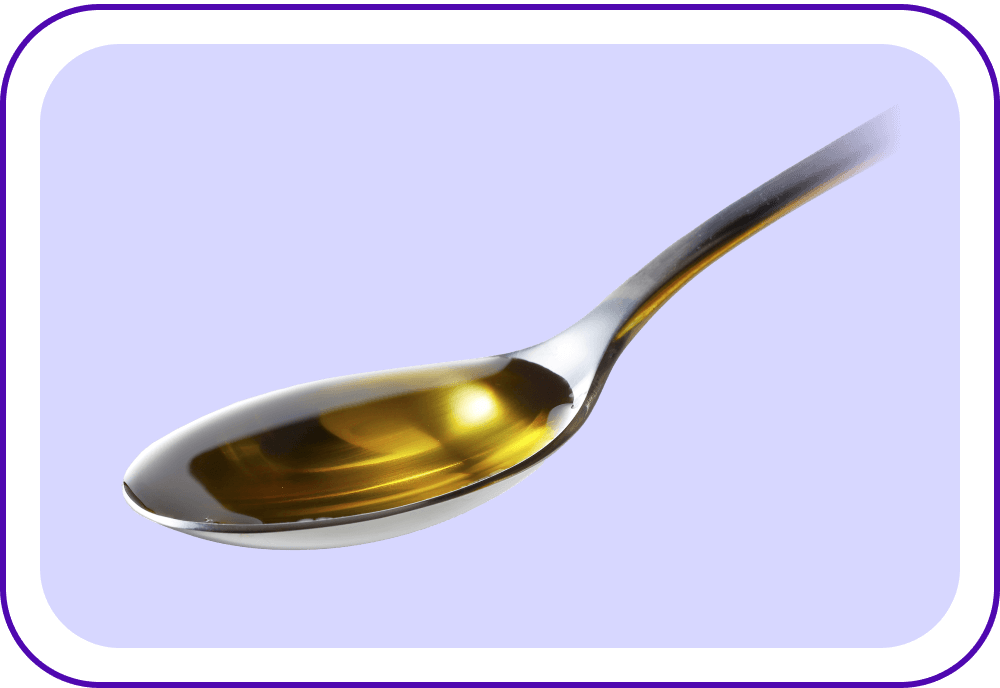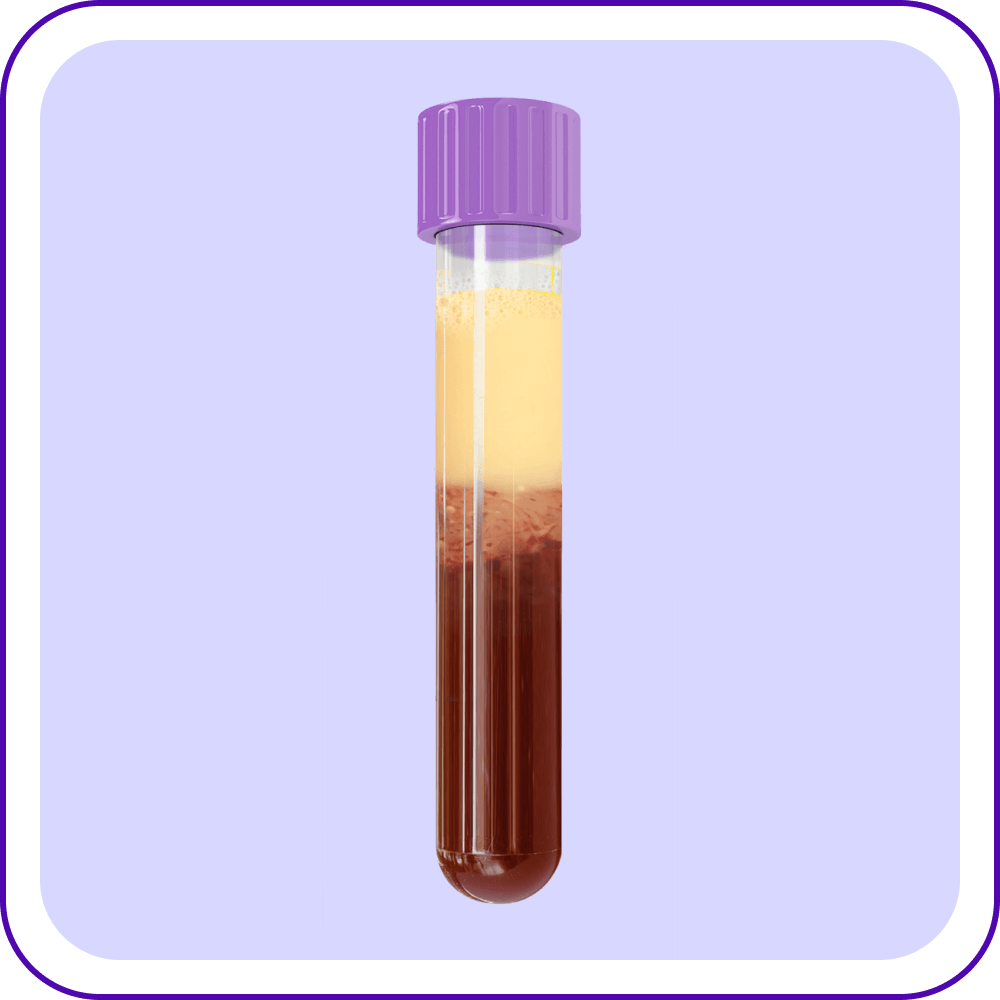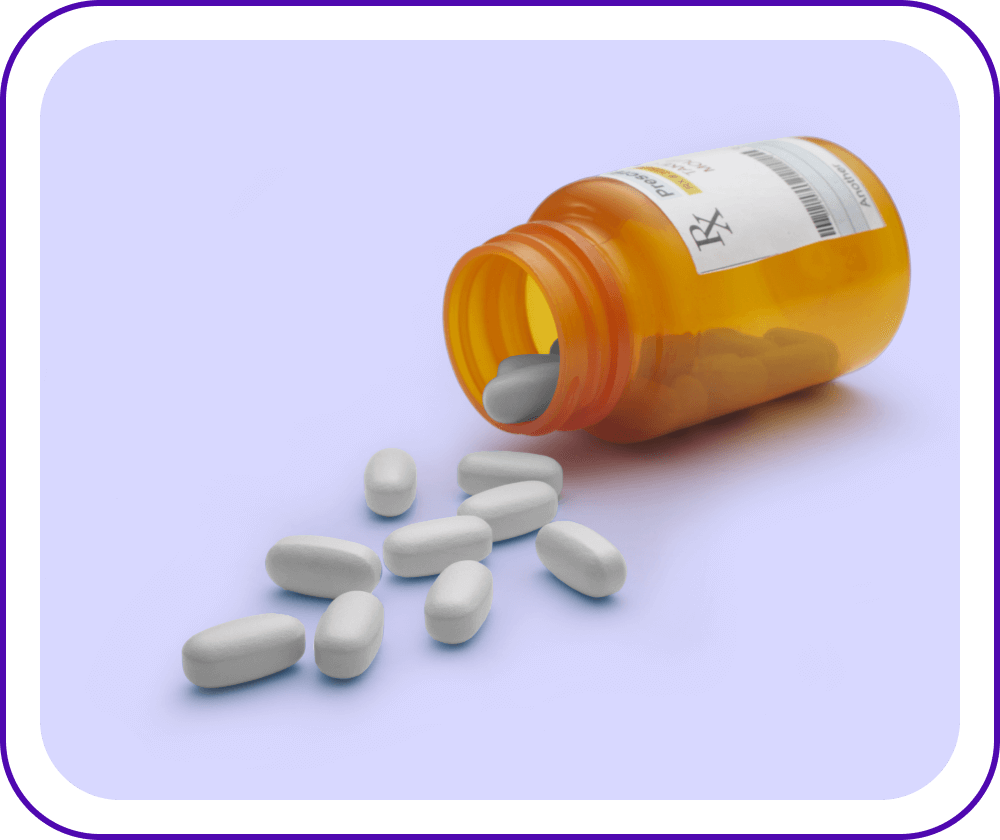
FCS affects between 1 and 13 of every 1 million people in the United States. So, you are one of the very few people who knows how tough it is to manage life with FCS.
Not a real patient; actor portrayal.
Risks associated with FCS
People with FCS have difficulty breaking down a type of dietary fat called triglycerides, which are the most common type of fat in your body. Dietary triglycerides come from foods such as butter, oils, and other fats.

One tablespoon of olive oil contains the total amount of fat that people with FCS are advised not to exceed in 1 day (about 20 grams).
Due to your body's difficulty processing triglycerides, their levels in your blood can be 10 to 100 times above the typical levels. This can result in symptoms such as lipemic blood (shown here), eruptive xanthomas (small, yellowish bumps on the skin that contain fatty deposits), and lipemia retinalis (abnormal appearance of the retinal blood vessels).

Lipemic blood sample (characterized by a layer of fat on the top after processing in the lab) from a person with a triglyceride level of 3500 mg/dL.
This buildup of triglycerides in your blood can also put you at a very high risk for pancreatitis—an extremely painful and potentially life-threatening condition. You may have already suffered bouts of pancreatitis or experienced severe abdominal pain in the past—that's likely due to your very high triglyceride levels.
In addition to prescribing a very low-fat and alcohol-free diet—the standard of care in FCS—your doctors may have tried to lower your triglyceride levels with traditional lipid-lowering medications. There have been no FDA-approved therapies specifically to lower triglyceride levels in people with FCS—until now.
